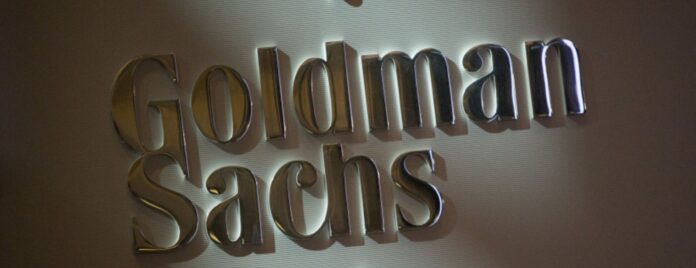A
The arguments presented to Judges Gerard E. Lynch, William J. Nardini, and Sarah A. L. Merriam focused on technical details involving Goldman’s retirement plan and the evidence needed to successfully argue that a fund should be removed from the investment lineup.
Adam Hansen, the Apollo Law LLC attorney representing those plan participants suing the investment banker, said there were several pieces of information justifying the removal of certain Goldman funds, including recommendations from outside advisers, lagging performance data, and the fact that Goldman financially benefited by keeping these funds in the plan.
Hansen’s clients are seeking revival of their suit, which was rejected by a lower court in 2022.
Richard C. Pepperman II of Sullivan & Cromwell LLP argued the case for the firm, said the participants’ legal theory amounted to “Monday-morning quarterbacking.” Quibbling over allegedly uneven performance and suggesting a fund should have been removed a year or two before it was isn’t enough to show a violation of the Employee Retirement Income Security Act, he said.
In-House Funds
The 17,000-person class action asks the US Court of Appeals for the Second Circuit to review Goldman’s decision to offer its own proprietary funds in the 401(k) plan covering its workforce. Goldman kept these funds in the plan when they did poorly, charged excessive fees, and engaged in self-dealing under the Employee Retirement Income Security Act, according to the lawsuit.
A Manhattan federal judge sided with the company, concluding in his September 2022 ruling that it appropriately monitored these funds at regular meetings and with outside investment advice. US District Judge Edgardo Ramos previously denied the company’s motion to dismiss in 2020, together with its motion to quickly appeal that decision to the Second Circuit.
Dozens of recent ERISA lawsuits have targeted financial companies that put their own funds in their workers’ 401(k) plans. These cases have garnered hundreds of millions of dollars in settlements, with settling employers including Reliance Trust Co. ($39.8 million), McKinsey & Co. ($39.5 million), Wells Fargo & Co. ($32.5 million), SunTrust Banks Inc. ($29 million), and Deutsche Bank ($21.9 million).
Line Drawing.
The appellate panel appeared interested in where to draw the line between a fund that requires removal and one that can be monitored and left in the plan, with one judge observing that the stock market “goes up and down” and different funds have good and bad years, making it difficult to decide how “long of a view” to take when analyzing investments.
Judge Merriam appeared interested in nailing down the time frame for considering the Goldman funds’ performance. She drew an analogy to the New England Patriots, saying they’re “great if you start in 2001″ but “not so great if you start in 2021.”
The lawyers devoted significant time to debating whether the funds’ performance was bad enough to support the idea of an ERISA violation.
Hansen said the plan participants produced an expert report that used real-time, rigorous data to show that a shrewd plan fiduciary would have removed these funds. Pepperman took a different view, saying several of the challenged funds outperformed their benchmarks at various points and some had a “buy” recommendation from an outside adviser.
Hansen made a “pretty good case” that Goldman’s decision to offer in-house funds was “at a minimum mysterious,” one member of the panel said, but it also appears those funds “turned out to be good performers at the end of the day.”
The court concluded arguments by raising concerns about the large amount of material filed under seal in the case. The judges indicated that certain briefs were likely to be unsealed, and they gave the attorneys until Jan. 19 to submit paperwork authorizing the unsealing of other information “to the maximum extent possible.”
The case is Falberg v. Goldman Sachs Grp., Inc., 2d Cir., No. 22-2689, argued 1/8/24.
